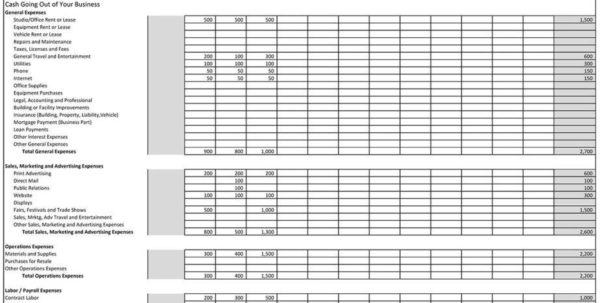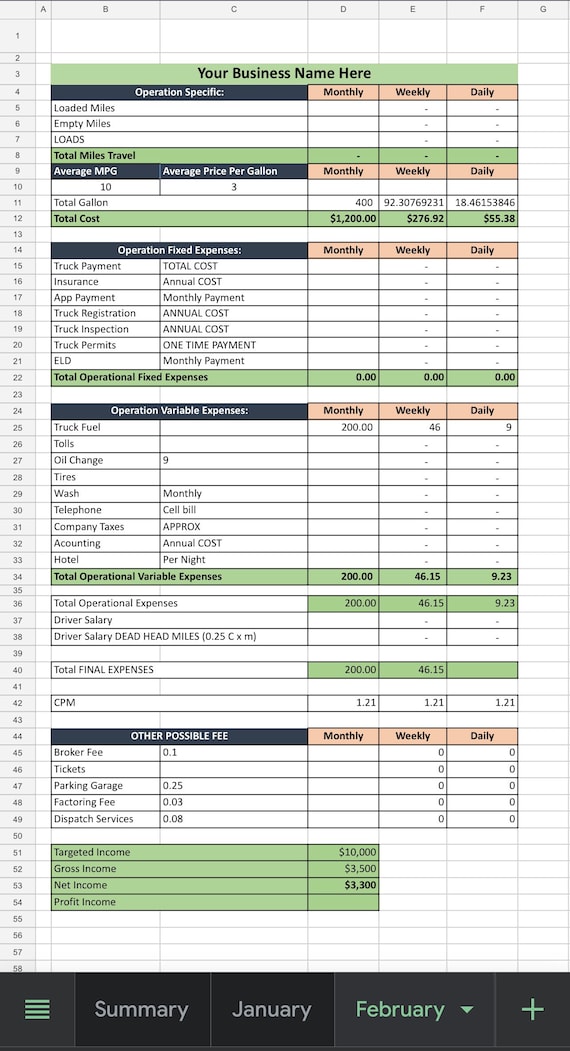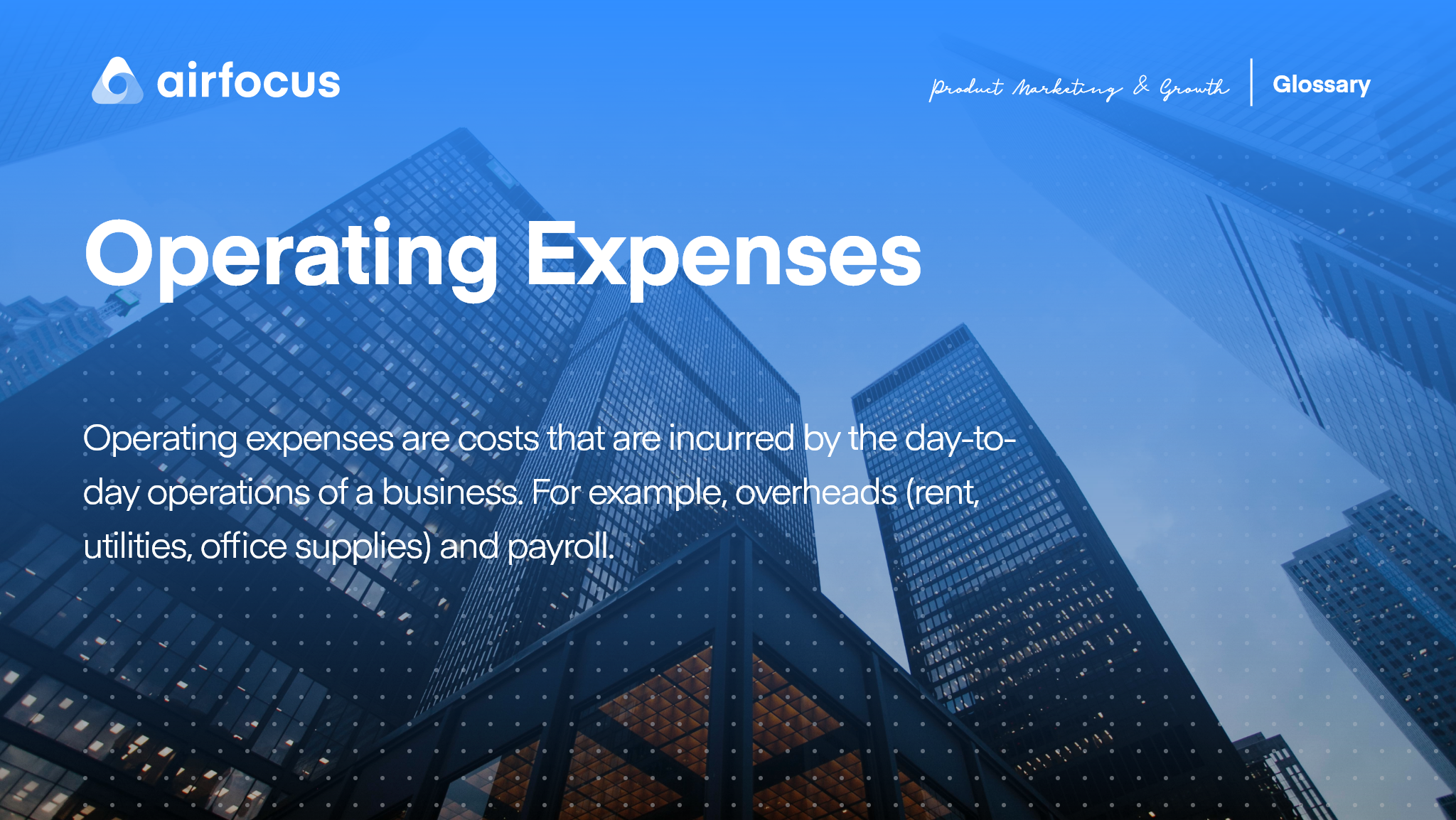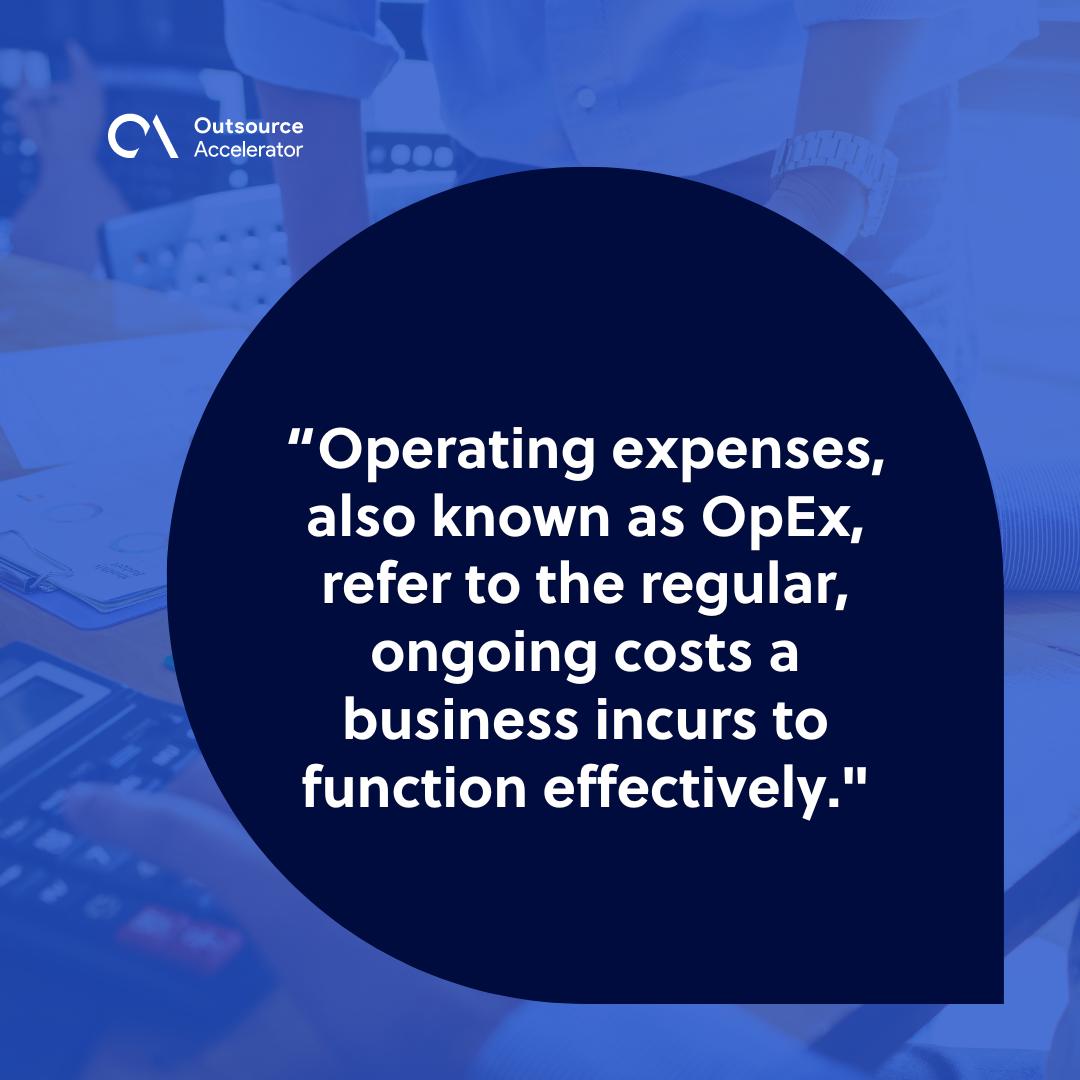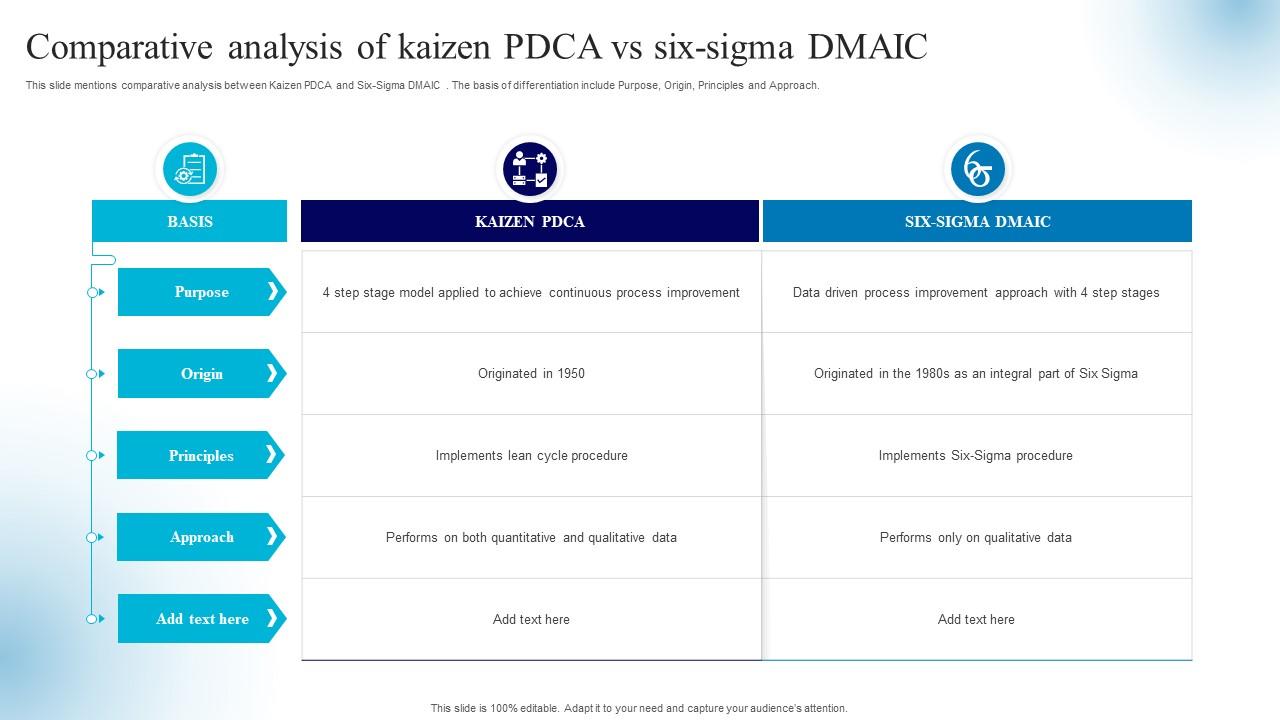QuickBooks Online and Xero both have a large collection of integrated apps, which should be enough to cover your business automation needs. If you invoke the guarantee, QuickBooks will conduct a full n evaluation of the Live Bookkeeper’s work. Create professional custom invoices with your logo that you can send from any device.
QuickBooks Online is cloud-based accounting software that covers all the accounting needs you may have. It’s a subscription-based service that is good for various industries and beneficial to those who regularly work with a bookkeeper or accountant because you can give them access to your files. Read our comprehensive QuickBooks Online review to decide if this popular accounting software is the best choice for your needs and budget.
QuickBooks’ user-friendly interface makes navigating your finances a breeze, even if you’re not an accounting expert. The layout and simple design ensure that you can find what you need quickly and efficiently. Xero and QuickBooks have similar pricing, except when it comes to QuickBooks Desktop. The Enterprise Desktop plan offered by QuickBooks starts at $1,922 per year. QuickBooks and Xero both have good support and training options, but QuickBooks has phone support while Xero does not, earning it a research score of 4.7 – nearly double Xero’s 2.4/5.
How much does QuickBooks training cost?
Core offers the basics, while Premium adds same-day direct deposit, role-based access, and auto time tracking. Elite also adds tax penalty protection, and a dedicated pro to help set up and troubleshoot. Compared to QuickBooks, Xero’s time tracking features are easy to use. You can simply download the free Xero Projects app on iOS and Android, using it to record time and costs, as well as seamlessly and automatically feed the data into invoices and reports.
Project and time tracking
Its $78-per-month plan also includes multiple currencies, project tracking, in-depth analytics and employee expense claims. All plans currently have a 95% off promotion for what is a journal entry sage advice us the first three months. Xero and QuickBooks are two the of most popular accounting software solutions for small businesses looking to keep track of finances. While the two both offer similar features, such as tax management, financial reports, integrated payroll, inventory and file storage, the two are not without their differences. Forbes Advisor compared Xero vs. QuickBooks when it comes to the key features, pricing, customer service and reviews to help you decide which is right for your business. FreshBooks can be a good option for freelancers and contractors looking for an affordable, simple accounting software.
How much does Xero cost?
We were impressed with this flexibility — you can make appropriate payments for your current cash flow. We were especially impressed with Xero’s built-in Gusto payroll integration. When we tested Xero, this seamless integration powered the entirely automatic updating of our setting up the zip accounting records when we ran payroll through Gusto. We also liked Xero’s built-in integrations with the payment processor Stripe, the CRM HubSpot, the email marketing platform Mailchimp and the e-commerce platform Shopify.
- Ease of use gets the highest weight in this case study because we want to give more credit to easy accounting software.
- Xero also has inventory management, but it’s not one of its core functions.
- To compare QuickBooks vs. Xero accounting, we consulted product documentation and user reviews.
- Check out our comparison pages below for accounting software alternatives to QuickBooks and Xero.
Account Information
On the other hand, FreshBooks may be a better fit for freelancers and solopreneurs, as the capabilities are easier to navigate. This makes it the best accounting software we’ve researched and helped it to edge out Xero in this round. QuickBooks offers a main dashboard that can be customized with how to calculate total manufacturing cost a series of tile-like graphs or lists, which lets you see real-time KPIs at a glance. As with QuickBooks, you can use Xero to generate custom branded invoices, send client payment reminders, and view invoice payment status. Other shared features include recurring invoices, one-click client payments and mobile invoicing. We found all these features to be user-friendly in Xero, and we were happy that they are available to all users.

